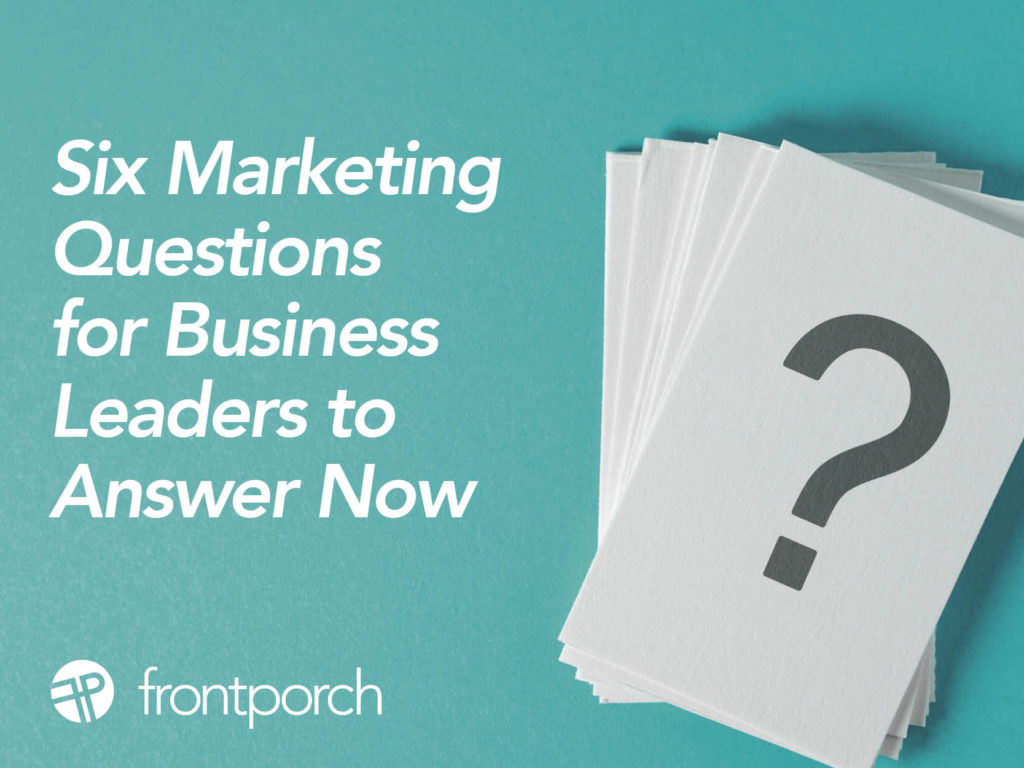
Gratitude is so important to me. Thanksgiving is one of my favorite holidays for many reasons including celebrating all in which I have to be grateful. The Porter house plans for the day are football, family and of course food. My son is home which fills my heart. Daughter has signed on as the cruise director for the day, planning fun activities, as well as helping create the tablescape.
My kids always roll their eyes or sigh when I remind them to say please and thank you. These days it seems underrated. To me, gratitude is of the utmost importance.
Gratitude Should Be Expressed Every Day
Recently, a member of my new networking group was celebrating his birthday. He stood up and thanked everyone for the birthday wishes. Then, he proceeded to pass out dessert to everyone in the room. He shared for his birthday that he gives presents to those who have impacted his life. I was stunned. I also was moved at such a selfless gesture and one that I have yet to experience in my life.
Noted, and will be practiced by me annually from now on. Beyond that, I am so thankful for that experience. And I feel very blessed to have that person in my life now. I will be better learning from such a genuine, thoughtful and selfless leader.
Counting My Many Blessings and Giving Gratitude to Them
Personally, I am grateful for my children who wow and challenge me in a good and interesting way almost every day. Plus I have so many Texas and Florida people that lift my family. Thank you to y’all.
In addition, my friends are the best. First, they continue to put up with me. Second, they support me when needed as well as continue to show up whether in the background or foreground.
The Front Porch Team rocks. I don’t know what I did to work with brilliant, collaborative, kind and thoughtful people every day.
I am grateful for our rockin’ clients. Front Porch is only as good as our clients. And ours are outstanding. We have so much gratitude for them as they continue to collaborate with us and allow us to do our best work.
And, then there are our former team members and clients, who continue to engage with us. They keep sending us referrals. Also, they lend support in more ways than one.
Also, don’t know what we would do without our mental health peeps. Wow. I know my kids and I have the best. So thank you for taking care of us.
Last but not least, nonprofits in our community are making a true impact on many fronts. So much gratitude goes out to them. Most recently, for the magic that is The Hope Party benefiting the Grant Halliburton Foundation. The foundation’s work is a critical solution to the mental health for North Texas’ youth.
There are so many things I could drone on about that I am thankful for, but alas I am keeping in mind, dear reader, that your time is limited.
This and Every Thanksgiving, What Are You Thankful For?
We would love for you to share where your gratitude lies this Thanksgiving holiday. I am grateful for so much including those of you reading this blog post. Thank you to each one of you. And Happy Thanksgiving!



